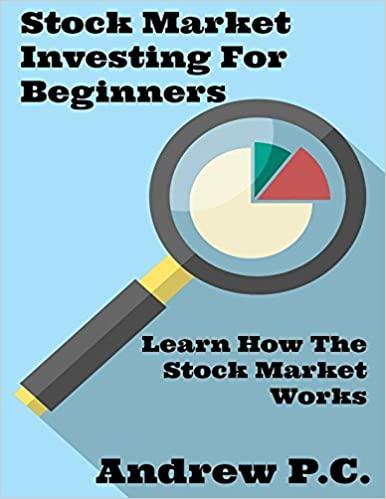I have given the options for the drop down boxes seen in the picture below as the passage reads. discount / premium / par call / redemption / sinking redemption fund / sinking fund / call fund riskier / safer / equivalent lower / equivalent / higher floating / zero / fixed floating / zero / fixed Annual coupon / Zero coupon / Fixed coupon premium above / price at / discount below above its / below its / equal to Convertible / Perpetual / Putable Income / Convertible / Putable income / default / preferred current assets / fixed assets / marketable securities Secured-debenture / Investment-grade 
2. 2: Bonds Valuation: Key Characteristics Bonds Valuation: Key Characteristics The -Select- value of a bond is its stated face value or maturity value, and its coupon interest rate is the stated annual interest rate on the bond. The maturity date is the date on which the par value must be repaid. A -Select provision gives the issuing corporation the right to redeem the bonds under specified terms prior to their normal maturity date, although not all bonds have this provision. Some bonds have -Select- provisions which require the corporation to systematically retire a portion of the bond issue each year. Because sinking fund provisions facilitate their orderly retirement, bonds with these provisions are regarded as being -Select- so they will have -Select- coupon rates than otherwise similar bonds without these provisions. bonds pay no annual interest Bonds can be -Select--rate bonds with a constant coupon rate over the life of the bond, or they can be -Select -rate bonds with a coupon rate that varies over time depending on the level of interest rates. -Select- but are sold at a -Select- par, thus compensating investors in the form of capital appreciation. An original issue discount (OID) bond is any bond originally offered at a price -Select- par value. -Select bonds are exchangeable at the option of the holder for the issuing firm's common stock. Bonds can be issued with warrants giving the holder the option to purchase the firm's stock for a stated price, thereby providing a capital gain if the stock's price rises. -Select- bonds contain a provision that allows holders to sell them back to the company prior to maturity at a prearranged price. An -Select- bonds pay interest only if the firm has earnings, while an indexed (purchasing power) bond bases interest payments on an inflation index to protect the holder from inflation. Mortgage bonds are backed by -Select- . First mortgage bonds are senior in priority to claims of second mortgage bonds. Debentures are long-term bonds that are not secured by a mortgage. Subordinated debentures are bonds having claims on assets only after senior debt has been paid in full in the event of liquidation. -Select- bonds are rated triple B or higher, and many banks and other institutional investors are legally limited to only holding these bonds. In contrast, junk bonds are high-risk, high-yield bonds







